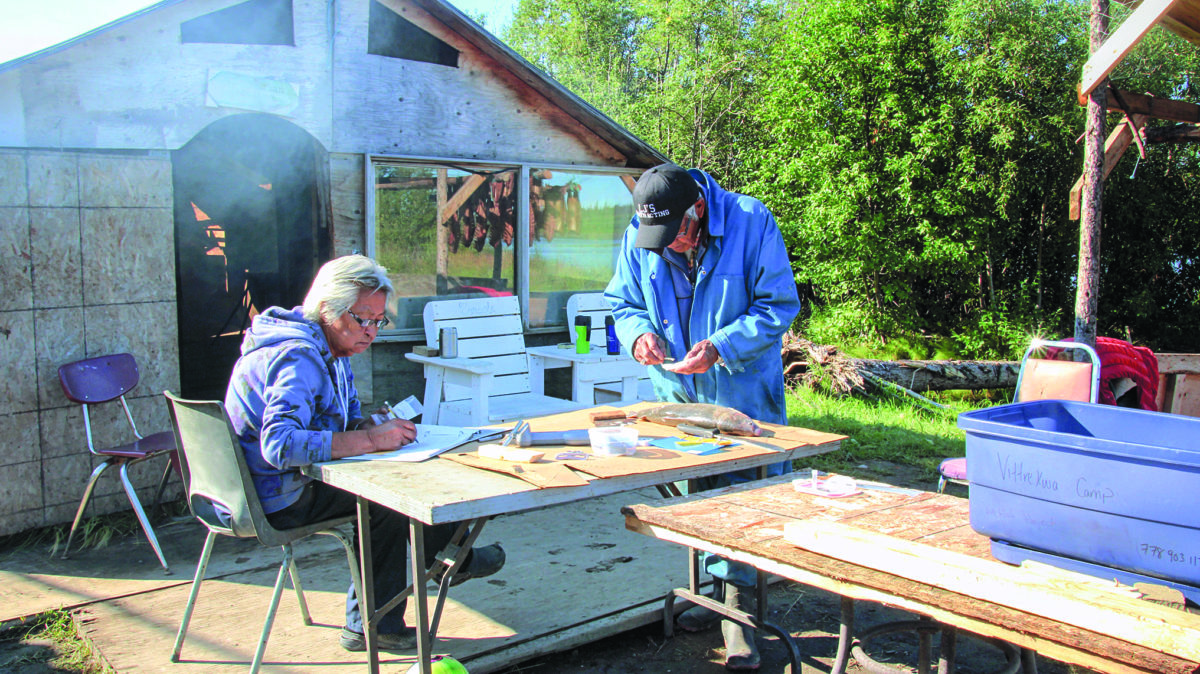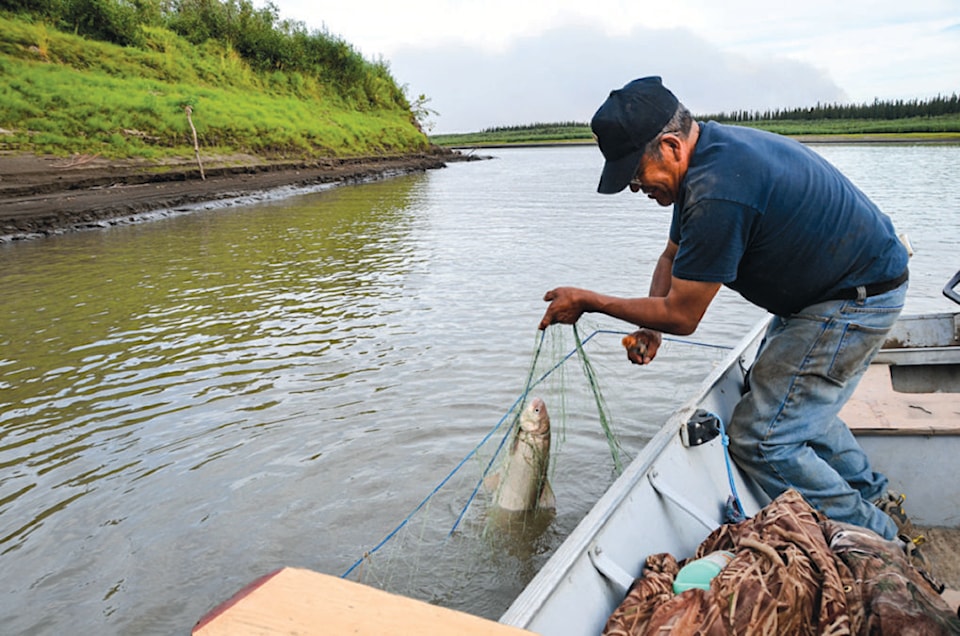Close to 20 per cent of the whitefish in the Mackenzie Delta spend time in the ocean, according to research conducted by Simon Fraser University scientists and NWT community monitors.
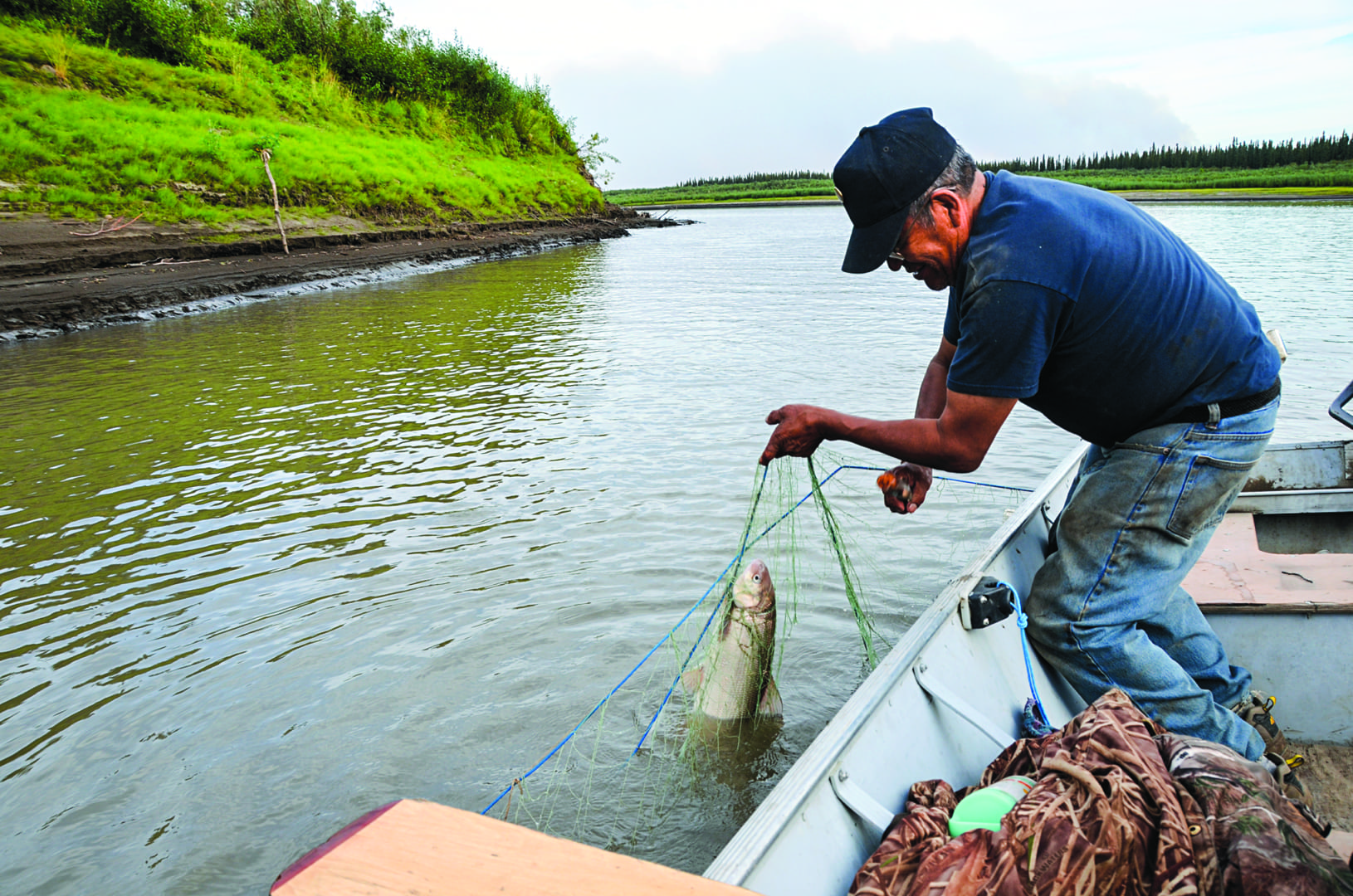
"I've really got to like this project," says monitor Abe Stewart, of Fort McPherson, who's been with the project for its two-year duration and plans to stick with it this summer.
"When I first started I didn't really care about what we were doing. In my head, I was thinking, 'Oh, I'm gonna make a few bucks.' But when I was a couple months into it, I realized how exciting it is. I've been fishing my whole life and there were a lot of things I never knew about fish and how they spawn."
Stewart and the other community monitors examine five to 10 fish two days a week, for 10 weeks spread across the summer season.
They measure and weigh the fish, cut out otoliths – the earbones, located beneath the brain – and collect scales, then send the information and samples to Emma Hodgson and Rachel Hovel at Simon Fraser University.
"As the fish grow, their earbones essentially grow with them," says Hodgson. "So, just like how tree rings are formed each season, fish lay down bone constantly. If you cut into the bone, they look like rings."
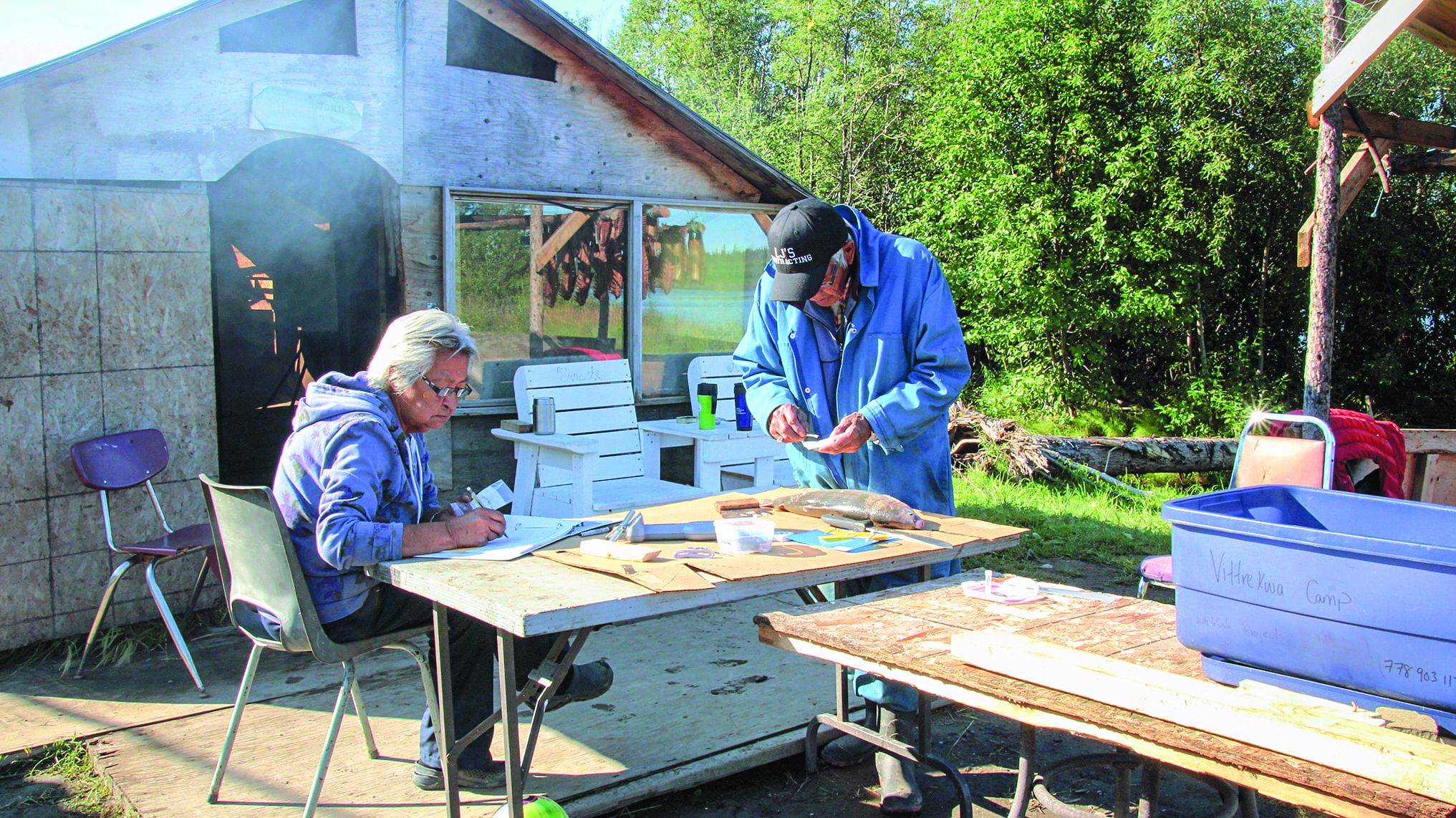
In addition to being able to count the rings, as done with trees, to determine the fish's age, the strontium contents of these rings can also tell the researchers where the fish is spending its time.
Strontium is an element similar to calcium that can be utilized in growing bones.
The researchers know the ratios of two strontium isotopes – 86 and 87 – in the Peel, Arctic Red and Mackenzie rivers, as well as the Beaufort Sea. Each ring contains strontium displaying these ratios, telling the researchers where the fish were at a given time.
Stewart says this research is important, as it contributes to the community's knowledge of the lives of these fish.
While he says he always knew where to fish, and when, his focus was mainly on catching and harvesting the fish.
"What I really like about this project is that a lot of our young people today, they just go out on the land and they randomly kill anything they see," he says. "We have a lot of young people who do that. They don't have any knowledge about our lifestyle. They've not been taught.
"We need to teach our youth about the animals, not only the fish but all the animals and what kind of life they live. We need to preserve these things. You get an idea of how much we can have, how much we can use."
This is especially important now that the land is changing.
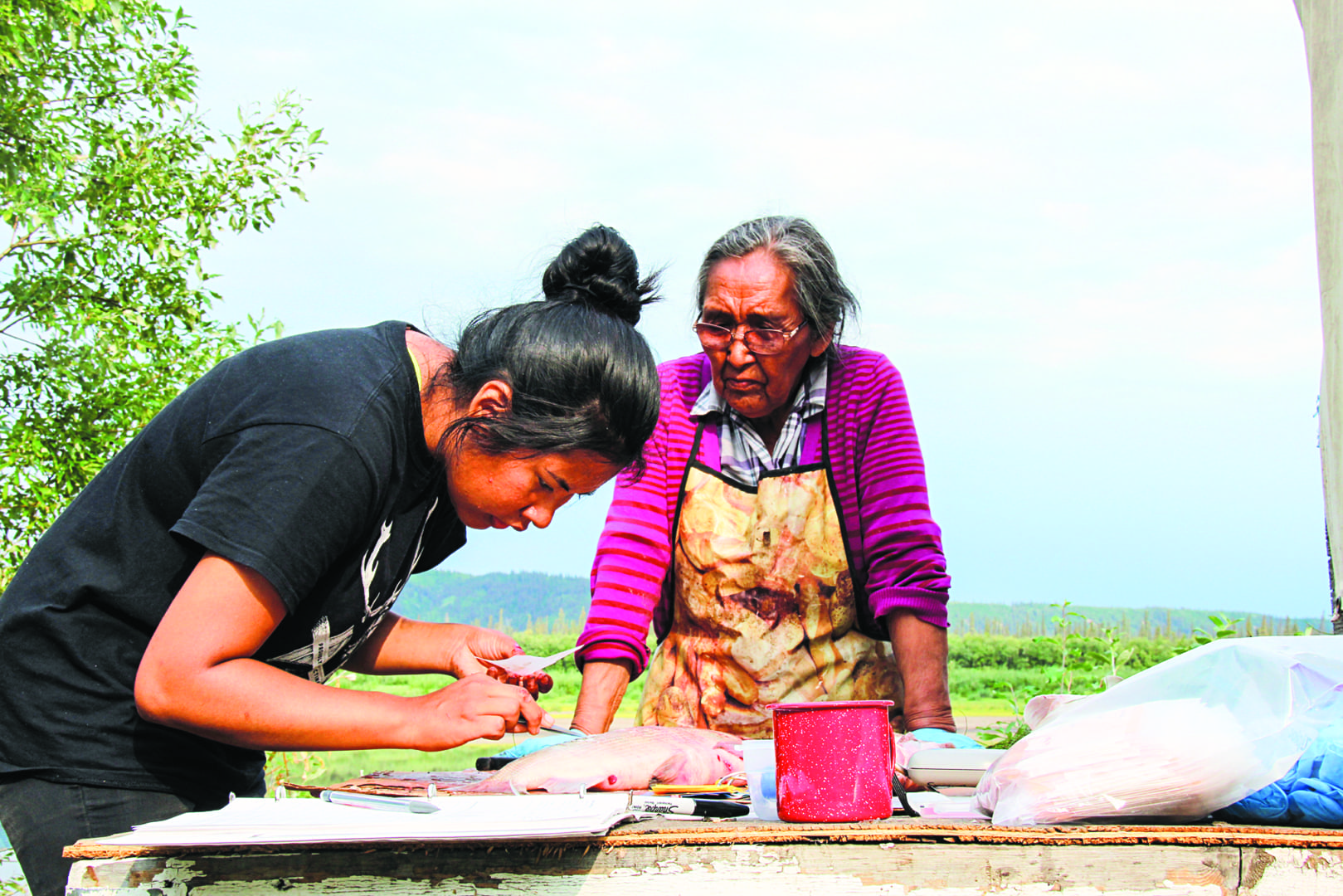
Stewart has spent most of his life out on the land and water. He says there seems to be more fish now, and bigger fish, than there were when he was younger, fishing with his grandparents.
The Peel River, which used to be crystal clear, is now muddy all year as it's fed by waters that have been impacted by landslides caused by thawing permafrost. He says they become a little less muddy in the fall when temperatures drop.
"Our waters used to be clear, now it's just mud water all the time," he says.
"Young boys and men, we used to be able to go out and take baths in the river. Now we can't do that."
Hodgson says the project has been funded and supported, so far, by the Gwich'in Renewable Resources Board and the GNWT, though funding arrangements for this year weren't finalized by press time.
She says the GRRB and the communities they've visited are very much behind the project and want to find ways to keep it going.
A goal of the project is to develop capacity in the communities to do this research on their own.
Another goal is to get youth involved, and the program has worked with five youth over the two seasons, in addition to six monitors.
"Every time we talk to people about it in the community there's a lot of interest because whitefish are so important," says Hodgson.
